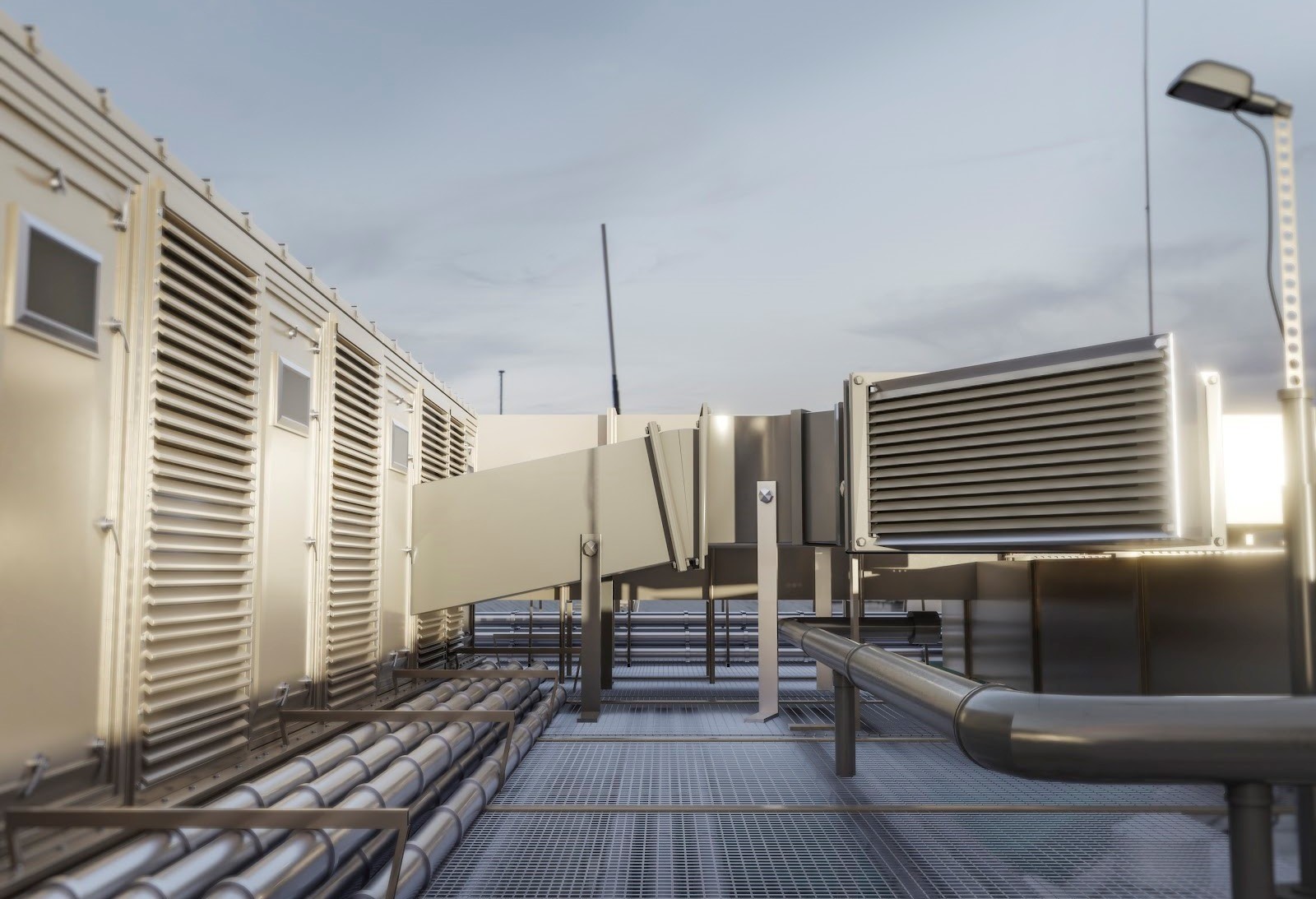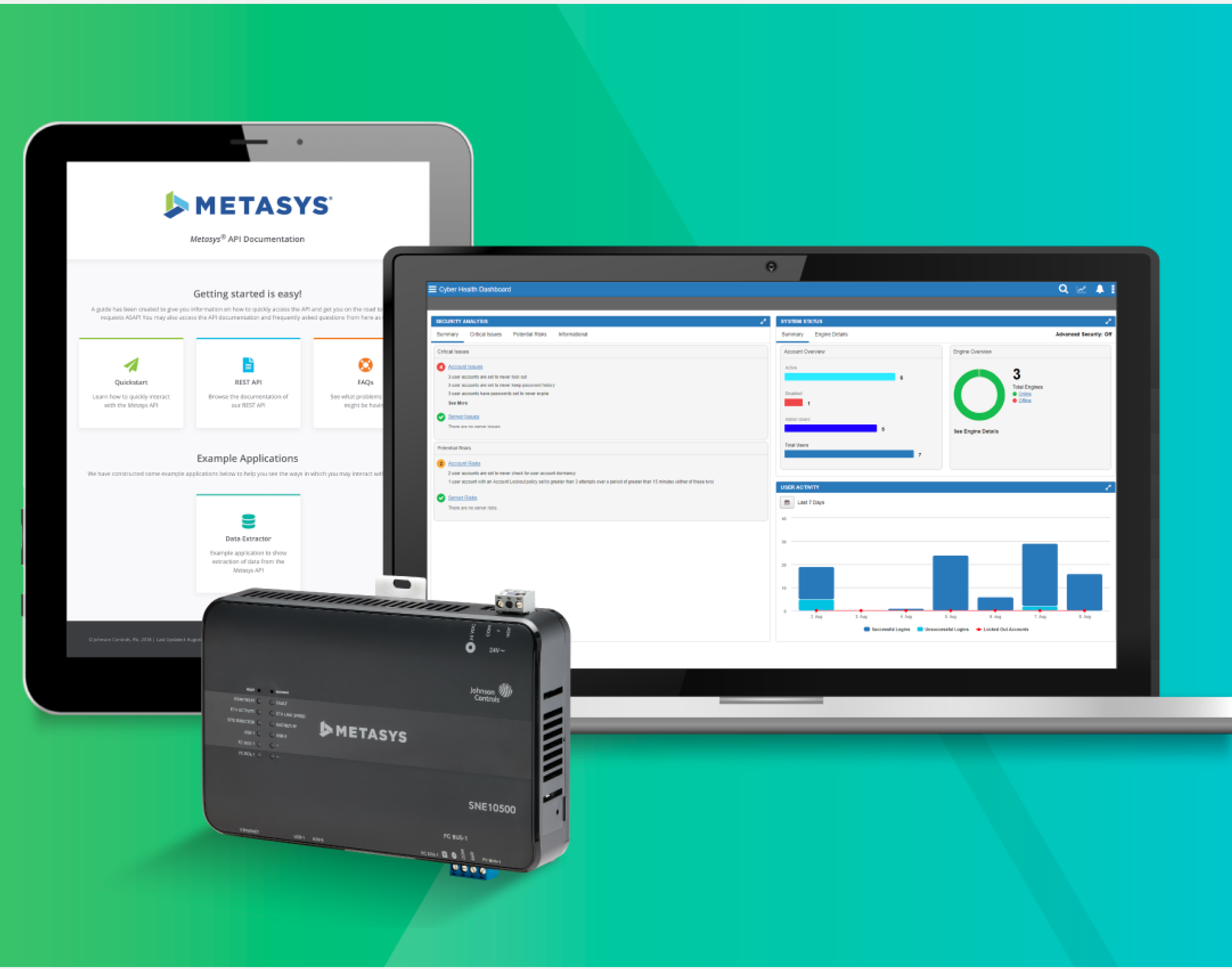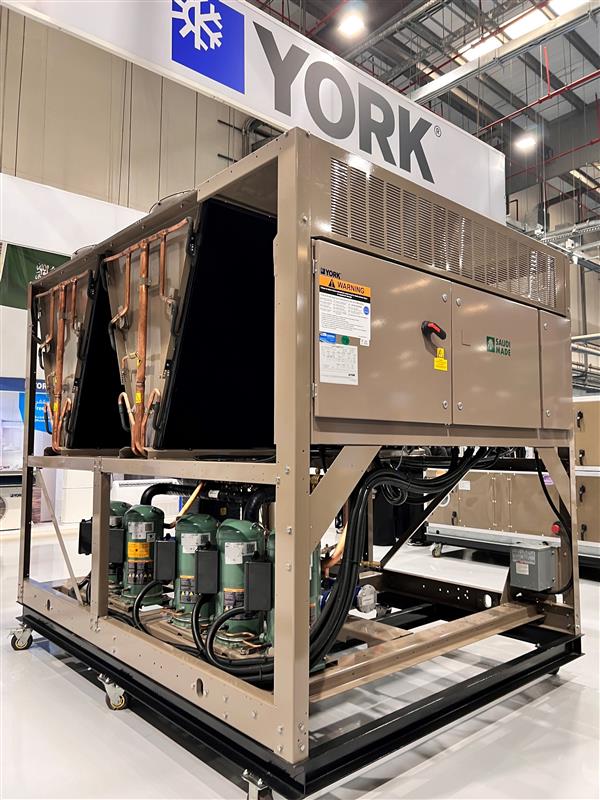When it comes to heating, ventilation, and air conditioning (HVAC) solutions for commercial spaces, businesses often choose between traditional HVAC systems and Variable Refrigerant Flow (VRF) systems. While both systems serve the same fundamental purpose, which is maintaining indoor temperatures in a way that suits occupants, their operational mechanics and efficiency vary significantly.
A Quick Overview of VRF Systems and Their Advantages Over Traditional HVAC
Traditional commercial HVAC systems typically consist of large central units that distribute conditioned air through extensive ductwork. When using traditional HVAC systems, maintaining consistent temperature control across different zones can be challenging due to air loss in duct systems and inconsistent airflow distribution.
In contrast, VRF systems use advanced inverter-driven compressors and refrigerant-based technology to provide precise temperature control in multiple zones. Rather than relying on a single, large air handler, they deploy multiple indoor units that work independently while connecting to a central outdoor unit. This enables simultaneous heating and cooling in different areas of a building, significantly improving overall efficiency and comfort.
Benefits of VRF Over Traditional HVAC
- Energy Efficiency: VRF systems operate on an as-needed basis, modulating refrigerant flow to adjust cooling and heating output based on demand. This reduces energy waste compared to traditional HVAC systems that cycle on and off at full capacity.
- Zonal Temperature Control: Businesses with diverse spatial needs benefit from VRF’s ability to customize temperature settings for different rooms or sections.
- Reduced Ductwork: VRF systems minimize the need for extensive duct installations, leading to fewer air leaks and lower maintenance costs.
- Quiet Operation: Unlike traditional HVAC systems that rely on large, noisy air handlers, VRF indoor units are compact and whisper-quiet, making them ideal for office spaces, retail establishments, and hospitality settings.
How to Choose the Right VRF System for Your Business
Selecting the right VRF system for your business requires careful consideration of several factors. Here are some essential steps to guide your decision:
- Assess Your Space Requirements: Evaluate the total area of your building, the number of zones requiring individual temperature control, and any special conditions such as high heat loads in server rooms.
- Determine Heating and Cooling Needs: Different VRF systems offer varying capacities for simultaneous heating and cooling. Consider whether your business requires year-round comfort adjustments, especially in mixed-use buildings where different areas may have distinct temperature requirements.
- Check Compatibility with Existing Infrastructure: If your building already has ductwork or other HVAC components, assess whether a hybrid solution might be more cost-effective. Some VRF systems can integrate with existing setups to optimize performance without complete replacement.
How VRF Systems Can Enhance Energy Efficiency and Reduce Costs for Your Business
One of the most compelling reasons businesses opt for VRF systems is their ability to enhance energy efficiency while reducing operational costs. Here’s how:
Lower Energy Consumption
Traditional HVAC systems run at full capacity regardless of demand, leading to wasted energy. VRF systems, however, utilize inverter-driven compressors that adjust speed and output based on real-time needs. This results in significant energy savings, especially in commercial spaces where occupancy fluctuates.
Less Wear and Tear on Equipment
Frequent cycling on and off can lead to premature wear in traditional HVAC systems. In contrast, VRF units operate continuously but at variable speeds, reducing strain on components and extending system lifespan.
Lower Maintenance and Repair Costs
Since VRF systems have fewer moving parts and eliminate extensive ductwork, they require less maintenance compared to conventional HVAC setups. Businesses can save on service and repair costs over time.
VRF Solutions by Johnson Controls Arabia
At Johnson Controls Arabia, we take pride in offering cutting-edge VRF solutions tailored to meet the diverse needs of businesses in the region. Our advanced VRF systems deliver superior energy efficiency, zonal temperature control, and seamless integration with modern building management systems.
Partner with us for reliable and future-ready HVAC solutions that ensure long-term value and efficiency.

































